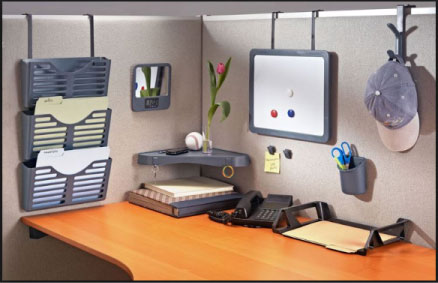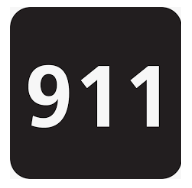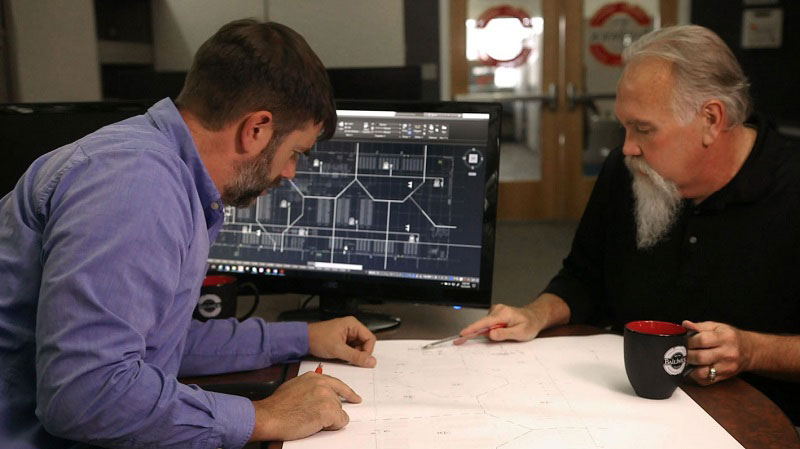
As office technologies continue to evolve, today’s workforce is less-tied to a fixed location. Many people are making calls across wired and wireless networks, from mobile technologies, from softphones, and in some cases even over web browsers. With this changing landscape, how can your organization ensure first responders can locate an employee in need? When an emergency occurs, employees must be able to quickly dial 911 and trust that first responders will be able to locate them upon arrival. New and growing federal and state regulatory requirements make now the time to develop an E911 location management strategy to ensure employee safety.

Traditionally, 911 location strategies centered around the idea of employees having a permanent office space where they used a desktop phone. Call routing and location management in this structure tends to be more straightforward: a user’s phone number is mapped to their office location, the physical address of the building, an area or floor of the building, and a cubicle or office number. Another common strategy is directing first responders to a security or reception desk that can point them to the location of the emergency.
In today's modern offices, employees are less likely to consistently be in a desk or office location. As businesses shift to open office spaces and use Wi-Fi networks to allow employees to join networks from conference rooms, common areas, or flexible workspaces, employees become more mobile in the office. Many employees also use company technology to work from home, co-working spaces, or on-the-go when visiting customers. According to a 2018 study by Nemertes Research, in a survey of nearly 625 companies, data shows continued and planned growth in the use of handsets, softphones, and mobile clients through 2019. This means “mapping a phone number to a location in static database is no longer a viable means of tracking caller location,” the Nermetes white paper concluded.
employees to join networks from conference rooms, common areas, or flexible workspaces, employees become more mobile in the office. Many employees also use company technology to work from home, co-working spaces, or on-the-go when visiting customers. According to a 2018 study by Nemertes Research, in a survey of nearly 625 companies, data shows continued and planned growth in the use of handsets, softphones, and mobile clients through 2019. This means “mapping a phone number to a location in static database is no longer a viable means of tracking caller location,” the Nermetes white paper concluded.
As technology changes, the regulatory landscape is also playing catch-up. Two key pieces of federal legislation signed into law in 2018, along with a variety of state regulations, seek to require businesses to implement solutions that properly route 911 calls and ensure accurate location data.
Kari’s Law
The first of the two federal statutes, Kari’s Law, was signed into law on February 16, 2018 and seeks to make it easier for individuals to dial 911 from multi-line telephone systems (“MLTS”). The law is named after Kari Hunt, a woman whose daughter tried to call 911 from a hotel room while Kari was being attacked, but was not able to reach help because she was required first to dial “9” to access an outside line before entering 911.
RAY BAUM’S Act
The second of the federal statutes, RAY BAUM’s Act, requires the Federal Communications Commission (FCC) to use its rulemaking process “to ensure that the ‘dispatchable location’ is conveyed with 911 calls, regardless of the technological platform used, so that 911 call centers will receive the caller’s location automatically and can dispatch responders more quickly.”
 In September 2018, the FCC released its Notice of Proposed Rulemaking (NPRM) to seek comment from organizations related to its proposed rules. The entirety of its proposed rules can be viewed here. The regulatory body received comments until December 2018 and reply comments through January 9, 2019. After the FCC considers the comments, the FCC may choose to issue an additional NPRM to seek additional input or it will move forward with its Report and Order containing dates of when regulatory rule changes will take effect.
In September 2018, the FCC released its Notice of Proposed Rulemaking (NPRM) to seek comment from organizations related to its proposed rules. The entirety of its proposed rules can be viewed here. The regulatory body received comments until December 2018 and reply comments through January 9, 2019. After the FCC considers the comments, the FCC may choose to issue an additional NPRM to seek additional input or it will move forward with its Report and Order containing dates of when regulatory rule changes will take effect.
Although the rulemaking process is still in progress, it is never too early for IT and business leaders to take a proactive approach in implementing solutions that will properly route 911 calls, regardless of source.
The Nermetes Research highlights three areas for IT leaders to focus:
- Ensure you are informed of local, state, and federal regulations related to 911 call routing and location management in the locations where your business operates or is looking to expand in the future.
- Evaluate current technology, processes, and services that will allow your organization to maintain accurate location data regardless of the employee’s location and type of phone. Your systems must route 911 calls to Public Safety Answering Points.
- Consider adopting technology solutions that improve location and response capabilities.
Bailiwick’s highly-skilled team is here to partner with you as your organization works to create an E911 location management strategy. Bailiwick’s project management style has been labeled “orchestrated precision” for good reason. Our model allows us to work quickly, accurately and efficiently in true collaboration with our clients.
to create an E911 location management strategy. Bailiwick’s project management style has been labeled “orchestrated precision” for good reason. Our model allows us to work quickly, accurately and efficiently in true collaboration with our clients.
As the team works to map and identify needs, Bailiwick will provide recommendations and services to ensure your organization’s systems are ready should an emergency occur.
